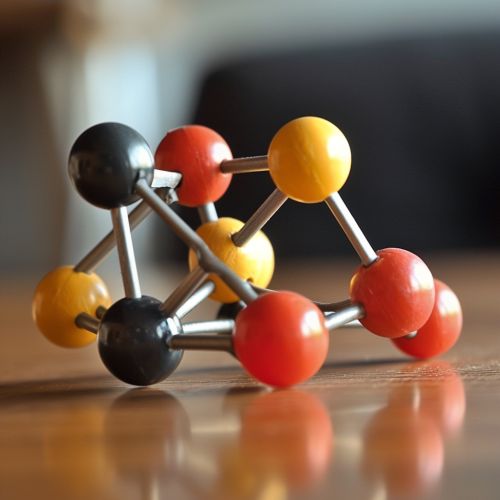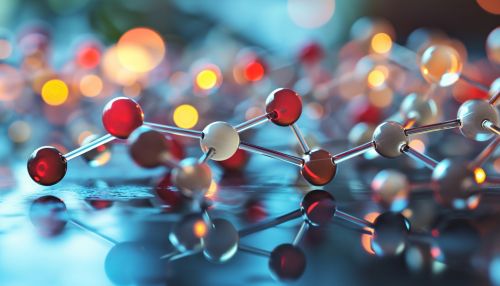Polar bond
Introduction
A polar bond is a type of chemical bond where a pair of electrons is unequally shared between two atoms. This is in contrast to a covalent bond, where the electron pair is equally shared. The unequal sharing of electrons results in a bond dipole moment and creates a polar molecule with a positive and a negative end, or pole.
Polar Bond Formation
Polar bonds form when two atoms with different electronegativities interact. Electronegativity is a measure of an atom's ability to attract shared electrons in a chemical bond. When two atoms with different electronegativities form a bond, the more electronegative atom will attract the shared electrons more strongly, leading to an uneven distribution of electron density. This results in a partial positive charge on the less electronegative atom and a partial negative charge on the more electronegative atom, creating a polar bond.


Characteristics of Polar Bonds
Polar bonds have several distinct characteristics. First, they result in polar molecules, which have a net dipole moment. This is due to the uneven distribution of electron density, which creates a positive end and a negative end in the molecule. This dipole moment can result in intermolecular forces such as dipole-dipole interactions and hydrogen bonding, which can significantly affect the physical and chemical properties of the substance.
Second, polar bonds can lead to polarity in a molecule. However, it is important to note that not all molecules with polar bonds are polar. The overall polarity of a molecule depends on its shape and the orientation of its polar bonds. If the polar bonds are symmetrically arranged, they can cancel out each other's dipole moments, resulting in a nonpolar molecule.
Third, the strength of a polar bond is determined by the difference in electronegativity between the two atoms. The greater the difference, the more polar the bond.
Polar Bonds in Chemistry
Polar bonds play a crucial role in many areas of chemistry. For example, they are essential in the formation of many types of chemical compounds, including most organic compounds. They also play a key role in determining the physical and chemical properties of substances, such as their boiling and melting points, solubility, and reactivity.
In organic chemistry, polar bonds are often involved in chemical reactions. For example, in a nucleophilic substitution reaction, a nucleophile (an electron-rich species) will attack the positive end of a polar bond, leading to a new bond formation.
In biochemistry, polar bonds are found in many important molecules, such as water, proteins, and DNA. They play a key role in the structure and function of these molecules. For example, the polar bonds in water molecules result in hydrogen bonding, which gives water its unique properties and is crucial for life.
